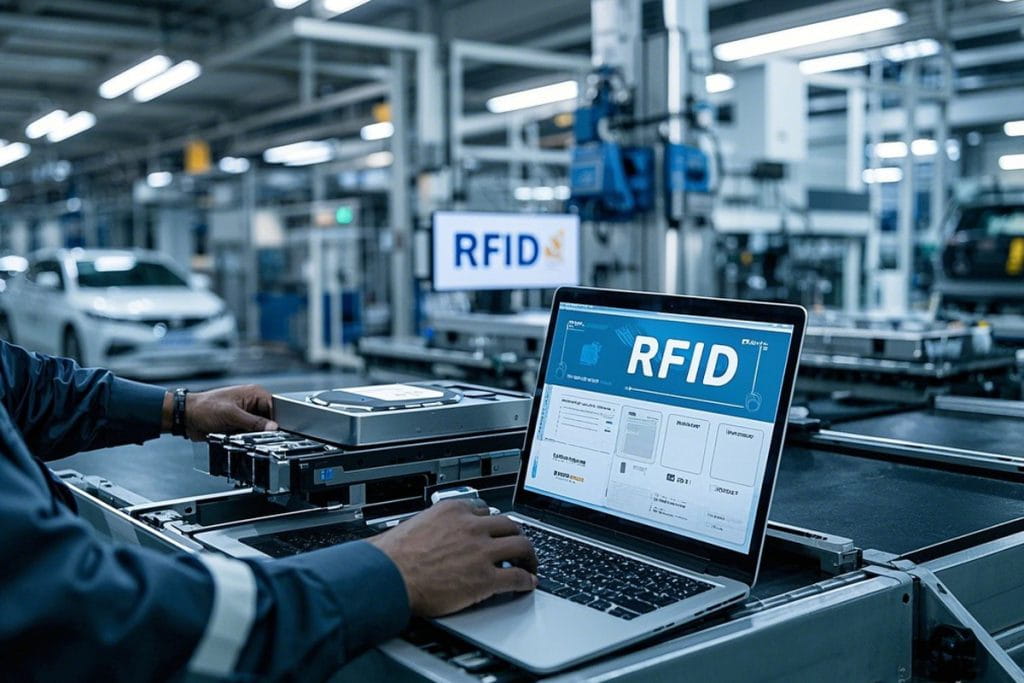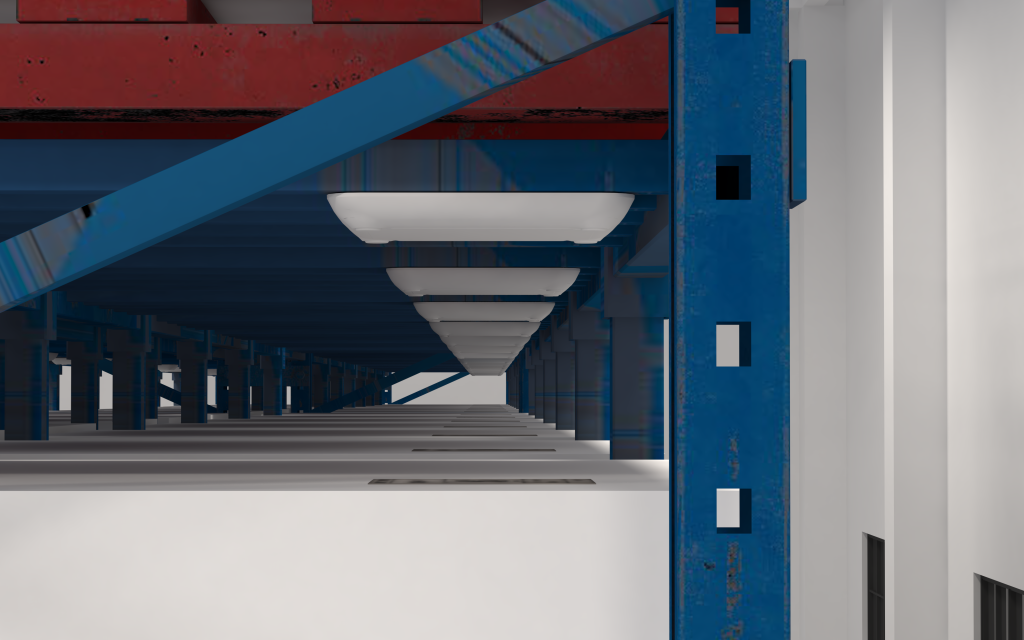RFID vs. NFC: Which Is Better for Inventory Tracking?
590Compare RFID and NFC for inventory tracking. Learn the pros, cons, and best use cases for each technology in retail, manufacturing, and small businesses.
MoreAll RFID Product
Industrial RFID readers are the backbone of modern automation, enabling real-time asset tracking, inventory management, and process optimization in factories, warehouses, and logistics hubs. However, improper installation or configuration can lead to read errors, interference, and wasted resources. Whether you’re deploying a new system or upgrading existing infrastructure, this guide will walk you through best practices for setting up industrial RFID readers—and how Cykeo’s solutions ensure seamless integration.

Pre-Installation Planning: Laying the Groundwork
Industrial settings pose unique challenges: metal surfaces, machinery vibrations, temperature fluctuations, and electromagnetic interference (EMI). Before installing RFID readers:
Cykeo Tip: Use a spectrum analyzer to detect EMI “hotspots” that could disrupt RFID signals.
Not all RFID readers are built for industrial environments. Prioritize:
Cykeo’s industrial RFID readers, like the CR700 Series, are engineered to withstand harsh conditions while delivering 99.9% read accuracy.
Step-by-Step Installation Guide
Cykeo Example: A client reduced misreads by 40% after adjusting antenna angles to avoid reflective metal beams.
Configuring Your Industrial RFID System

Access the reader’s web interface (via IP address) to adjust:
Common Installation Mistakes (and How to Avoid Them)
Solution: Relocate readers away from EMI sources or install ferrite cores on cables.
Solution: Use dense reader mode (DRM) to prevent neighboring readers from interfering.
Solution: Use conduit or cable trays to protect against damage and tangling.
Why Choose Cykeo’s Industrial RFID Solutions?
We simplify complex deployments with:
Client Success: A global automotive supplier achieved 100% read accuracy across 12 assembly stations using Cykeo’s RFID grid and custom middleware.
Need Expert Help with Your RFID Setup?
Don’t leave your installation to chance. Contact Cykeo’s team at contact@cykeo.com for a free consultation. From planning to post-deployment support, we’ll ensure your RFID system delivers precision and reliability.
Compare RFID and NFC for inventory tracking. Learn the pros, cons, and best use cases for each technology in retail, manufacturing, and small businesses.
MoreProtect your business from RFID data breaches in 2025. Cykeo reveals top risks, encryption strategies, and compliant solutions for secure RFID tagging.
MoreHow UHF RFID reader desktop setup helps streamline tag encoding, product verification, and short-range inventory tasks. Learn real-world setup tips, performance limits, and integration advice.
MoreRFID technology offering significant improvements in safety, asset visibility, and cost control—while strengthening hospitals' competitiveness in the healthcare market.
More